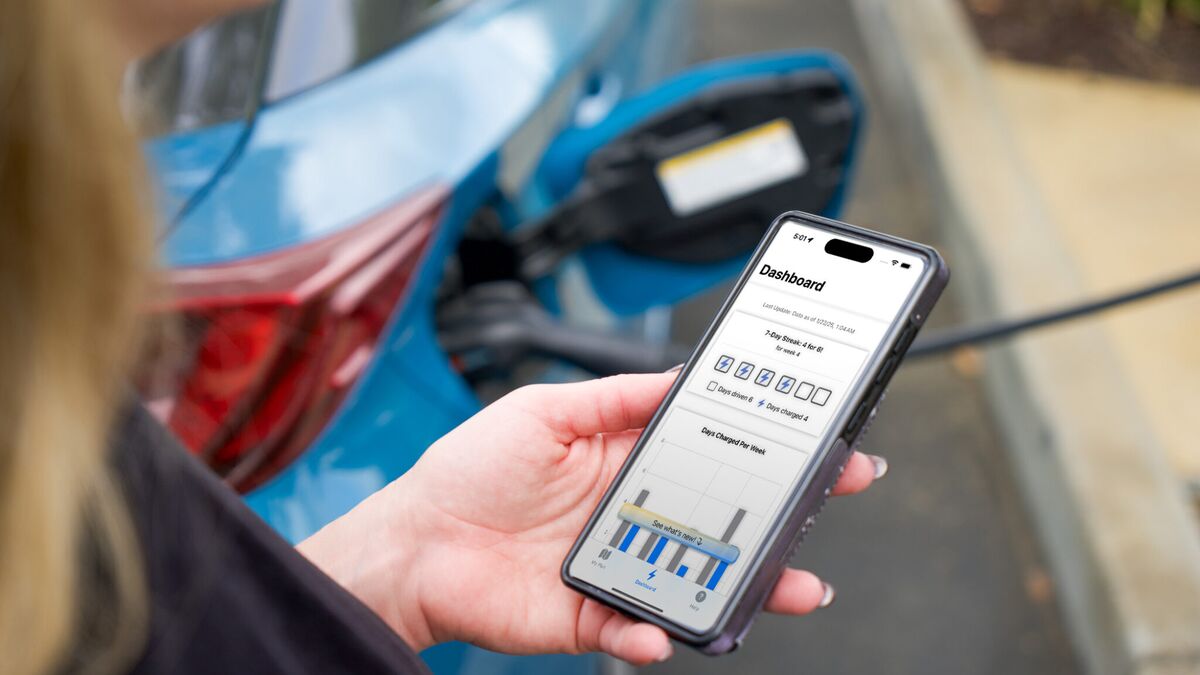Many Americans believe the economy is a mess, but lenders don’t. Access to car loans improved for the third straight month in October.
In a CNN poll released last week, 72% of Americans said the economy was doing poorly. But it continues to grow easier for the average American to qualify for auto credit.
The Dealertrack Credit Availability Index tracks how difficult it is to qualify for all types of car loans. It shows that access to every type of loan eased in October. Economists from Kelley Blue Book’s parent company, Cox Automotive, calculate the index every month.
The All-Loans Index increased by 0.7% to 97.8 in October, meaning access was tighter by 5.7% year over year. Compared to February 2020, access was tighter by 2.1%.
Loan conditions have improved since the summer but remain tighter than a year ago.
Related: Fed Holds Rates, But Your Car Loan Hinges on Other Things
The data that feeds into the numbers was mixed last month. The share of subprime loans — those for borrowers with credit scores of 620 or under — increased, a sign that lenders are growing more comfortable with risk.
Subprime loans made up 11.5% of loans last month. That’s up from 8% this spring but still about half the number from 2018.
Lenders approved slightly fewer applications in October. They allowed longer loan terms last month, which lowers monthly payments but keeps borrowers in debt for longer. They asked for higher down payments.
The average yield spread on auto loans in October tightened by 13 basis points (BPs), so rates consumers saw on auto loans were more attractive in October relative to bond yields. The average auto loan rate increased by 16 BPs in October compared to September, while the 5-year U.S. Treasury increased by 29 BPs, resulting in a narrower average observed yield spread.
The good news, though, isn’t changing Americans’ minds. The Conference Board Consumer Confidence Index declined by 1.6% in October, as future expectations and views of the present situation declined. Plans to purchase a vehicle in the next six months fell to the lowest level since April and were down year over year.








